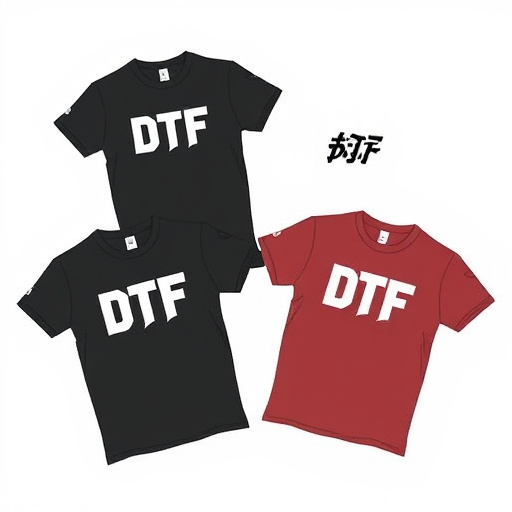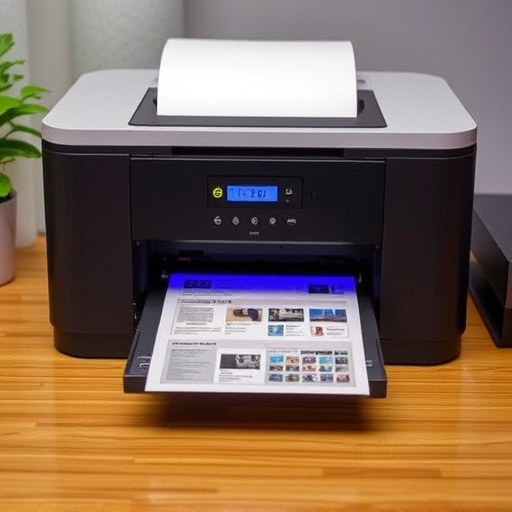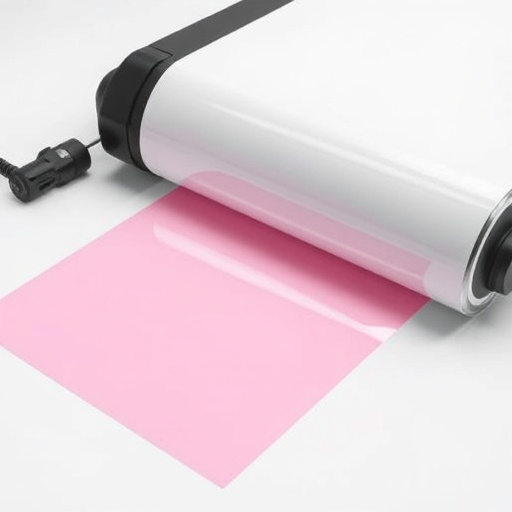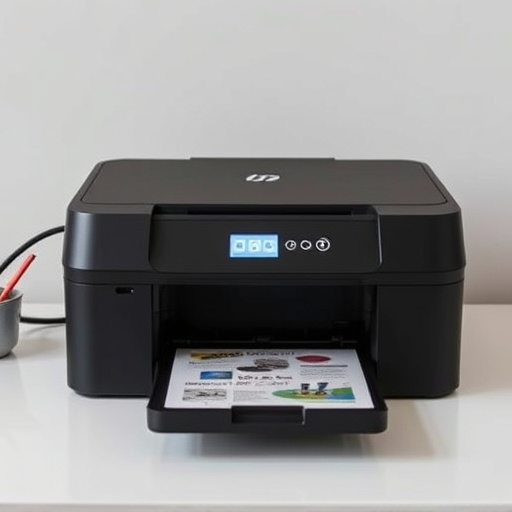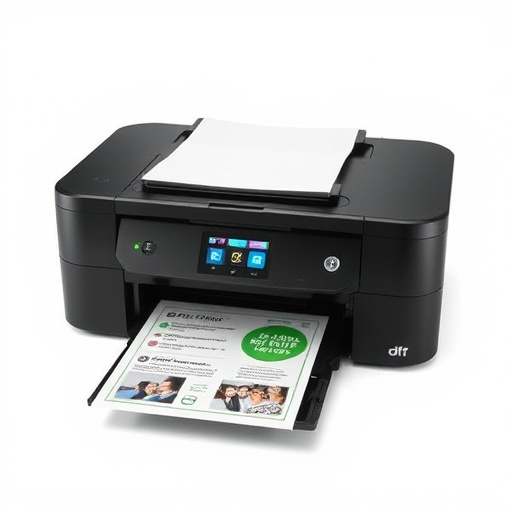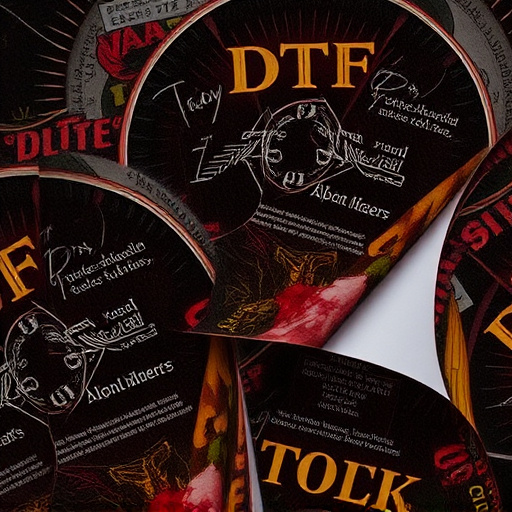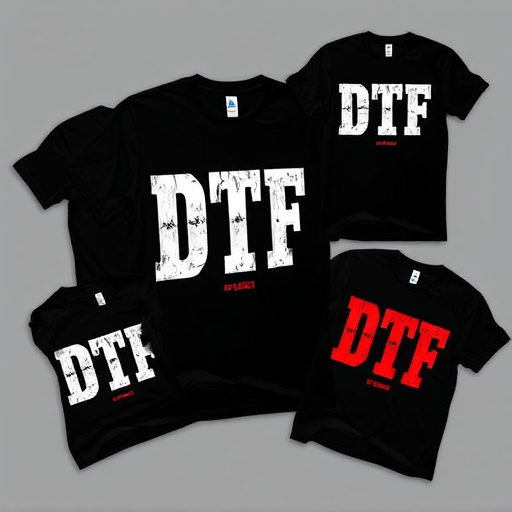Direct-to-Textile (DTF) printing faces common challenges like poor print quality, paper jamming, and ink drying issues due to improper setup, subpar materials, or technical glitches. These problems can be attributed to misalignments, contamination, incorrect settings, debris, and inadequate drying. To avoid downtime and enhance print satisfaction, follow a step-by-step guide addressing correct settings, hardware checks, regular maintenance, and common issues like streaked prints or misaligned designs. Proper care, including regular cleaning with compressed air, high-quality DTF transfer film and gang sheets, firmware updates, preheating, and optimal print parameters, is crucial to prevent future problems.
Struggling with print issues on your DTF (Direct-To-Film) printer? This comprehensive guide unravels common problems and offers a systematic approach to troubleshooting. From understanding the root causes, like clogged nozzles or misaligned settings, to a step-by-step process covering cleaning, calibration, and firmware updates, you’ll learn effective solutions. Additionally, discover preventive measures to keep your DTF printer running smoothly, ensuring optimal performance and minimizing future headaches.
- Understanding Common DTF Printer Issues
- Step-by-Step Troubleshooting Guide
- Preventive Measures for Future Problems
Understanding Common DTF Printer Issues

Understanding Common DTF Printer Issues
When it comes to Direct-to-Textile (DTF) printing, a range of challenges can arise due to the intricate nature of the process. These issues often stem from various factors including improper setup, subpar materials, or technical glitches. One of the most frequent problems is poor print quality, characterized by blurred designs, color discrepancies, or uneven ink distribution. This typically indicates misalignments in the printer, contamination of the printing plates, or incorrect settings during the dtf fast delivery process.
Another common issue is paper jamming, which can disrupt the dtf transfer film application and lead to imperfect prints. This often occurs due to improper handling of the fabric or paper, or because of debris in the printer’s mechanism. Additionally, ink drying issues can cause smudging or prevent the design from setting properly on the fabric, impacting the durability of the final product. Understanding these common problems is a critical first step towards troubleshooting and ensuring optimal dtf printing process outcomes.
Step-by-Step Troubleshooting Guide

Step-by-Step Troubleshooting Guide for DTF Printer Issues
If your DTF (Direct to Fabric) printer is experiencing problems, don’t panic! Following a systematic approach can help identify and resolve issues efficiently. Start by checking DTF garment printing settings and ensuring they align with your custom DTF gang sheets. Verify the design requirements, including resolution, color mode, and file format, as compatibility issues are common culprits. Next, perform a basic hardware check: inspect connections, replace worn-out parts, and ensure proper alignment of printheads and plates.
For ongoing smoothness, regular maintenance is key. Clean the printer bed and nozzles to prevent buildup. Check ink levels regularly and top up as needed. If problems persist, delve deeper into specific troubleshooting for common issues like streaked prints, missing areas, or misaligned designs. Refer to your printer’s manual or seek support from the manufacturer for detailed guidance on each step.
Preventive Measures for Future Problems

To prevent future DTF printer issues, regular maintenance is key. Begin by keeping your printer and its components clean; use compressed air to remove any dust or debris from nozzles, plates, and bed areas. This simple step can go a long way in preventing clogs and misalignments. Additionally, ensure you’re using high-quality materials—the right DTF transfer film and custom DTF gang sheets can significantly reduce problems associated with warping, smudging, or poor image transfers.
Regularly update your printer firmware and drivers to take advantage of bug fixes and performance improvements. Keep an eye on the manufacturer’s website for any releases relevant to your model. Moreover, consider implementing a consistent printing routine by preheating your printer according to the recommended guidelines before each use and setting optimal print parameters for the best results with your DTF logo transfers.
Whether you’re an avid user or just starting out with DTF printing, understanding common issues and having a troubleshooting guide at hand is essential. By following these steps and preventive measures, you’ll be able to navigate through print problems efficiently, ensuring your DTF projects run smoothly. Remember, quick action on minor issues can prevent major headaches later on. Keep refining your process, stay curious, and the quality of your DTF prints will continue to improve.







